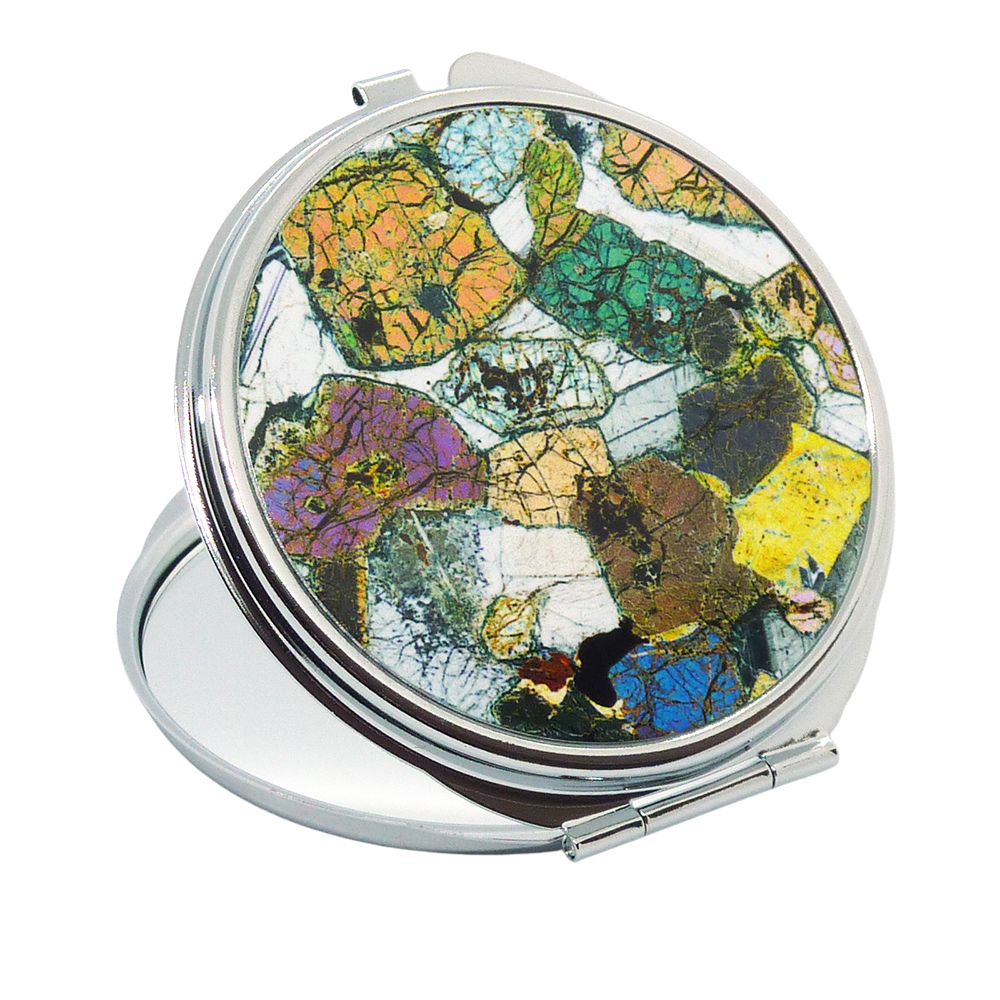

Rollers and even large tampers generate considerable amonts of compactive effort, which locally can approach passive pressure, even if you hand tamp close to the wall. Rigid concrete structures should be designed for at rest pressure, which brings us to:Ĥ.) The biggest reason to use at rest pressure is compaction. It does not make sense to design part of the structure for one pressure and the rest for another.ģ.) Sheet pile walls are ussually designed on active pressure or some varriation of active pressure. Actual pressures may not reach these values.Ģ.) Structures should be designed for active or at rest pressures. Active and passive are limiting pressures. RE: "at rest" vs "active" earth pressure Ibeam (Structural) 2 Dec 04 23:25ġ.) A structure will be subjected to at rest and may rotate to a postion where it has active pressure. Also remember most engineers neglect soil cohesion (even small amounts in gravel) which helps the soil remain "at-rest". we won't even begin to talk about weeping tiles and geosocks.

(Not to mention the potential for hydrostatic head behind the wall. Basement walls should be designed utilizing the at-rest pressure coefficients. (Not the case for all textbooks and the author should be questioned on "their" choice of wall. Most examples in classic text books show examples of thin sheet piling walls whereby the wall can deflect H/1000 and thus active or passive pressures can develope. do not rotate enough to plasticize the soil mass behind the wall thus no passive or active pressures develope. Normally, wing walls, concrete gravity structures in dams, basement foundations, etc. 1/1000 = 0.1%) The at-rest condition is when the soil is "at-rest" or defined as the ratio of the horizontal stress to the vertical stress in the soil. Normally the number in the design literature is H/1000. Both conditions require shear planes to form within the soil mass (ie the soil must plasticize). Active pressures result when the wall rotates away from the soil mass. Passive pressures result when the wall rotates into the retaining soil. Additional refinements have been made to the results and drawings.Įnhanced functionality for combining multiple calculations into a single report for submitting to clients or a checking authority.Hopefully I can help clear the air on this subject. The 2D analysis calculation now includes an in-built load combination generator which means you can review multiple loading configurations simultaneously. Engineers can now model and analyze a complete 2D frame and then design each beam, all within this single integrated calculation. New functionality for analyzing and designing steel beams to Eurocode. This latest release consolidates all the updates maintained users have received during the past year, along with some powerful new features: Tekla is delighted to bring you Tedds 2015.


 0 kommentar(er)
0 kommentar(er)
